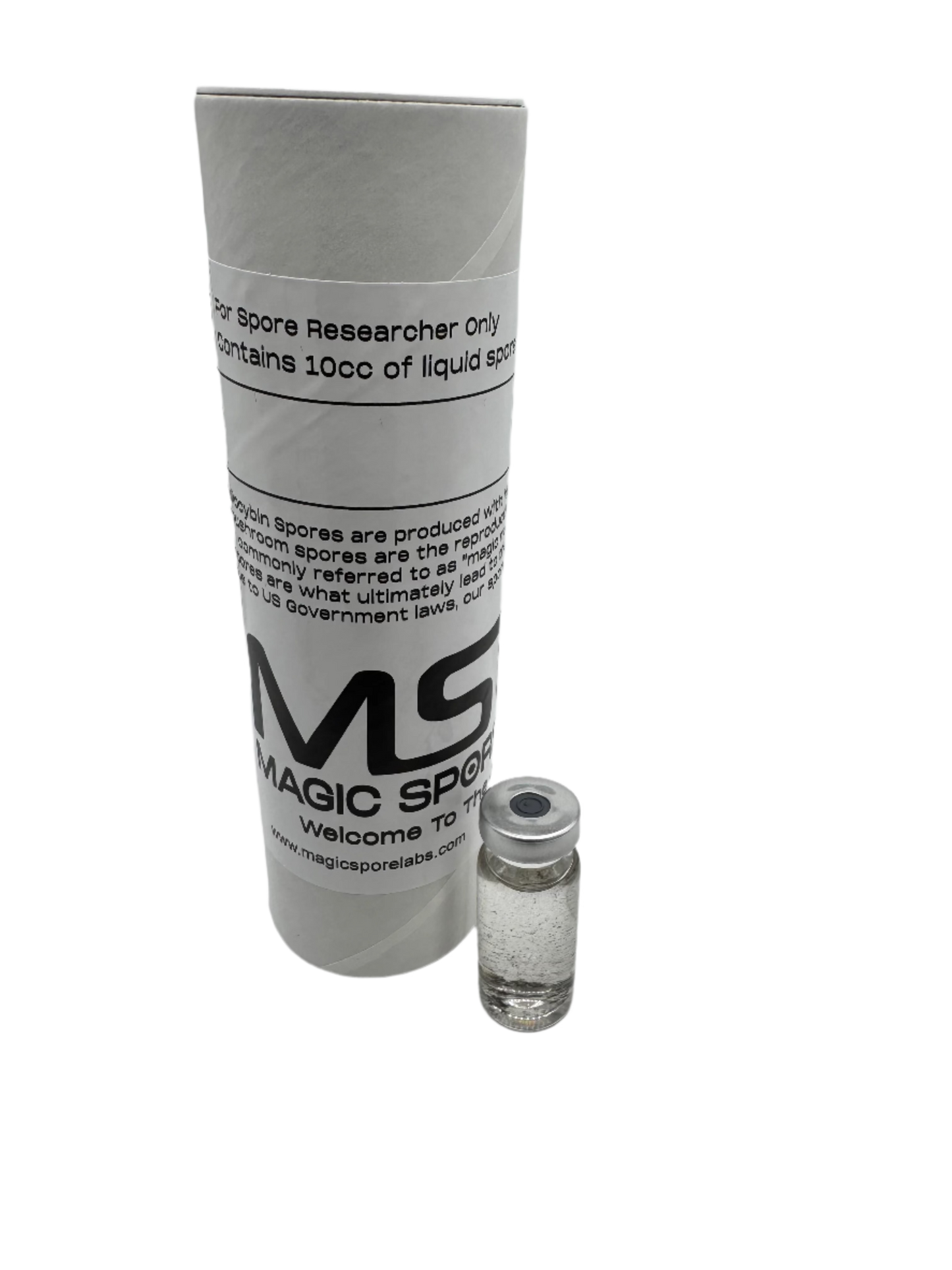Albino Penis Envy Liquid Spores
Albino Penis Envy Liquid Spores
Couldn't load pickup availability





Albino Penis Envy Liquid Spores
Albino Penis Envy Liquid Spores Review
Albino Penis Envy Liquid Spores are known among researchers for their unique characteristics and potent potential. Revered as a rare variant within the Psilocybe cubensis species, Albino Penis Envy (APE) spores possess a distinguished heritage and present a captivating opportunity for scientific exploration. Their dense, milky white caps and thick, sturdy stems make them visually distinctive and easily recognizable. With its reputation as one of the most potent Psilocybe cubensis strains, APE has consistently sparked interest within the research community.
What exactly are Albino Penis Envy Liquid Spores? These liquid spore syringes contain APE spores suspended in a sterile, nutrient-rich liquid medium, ideal for precise research purposes. The Albino Penis Envy strain got its name due to its strikingly unusual appearance, which includes a reduced cap size and a stem resembling a mature “penis” shape. Albino Penis Envy mushrooms are renowned for their albino coloration and unique genetics, which make them less prolific but extremely potent compared to typical Psilocybe cubensis strains. Researchers are particularly interested in the high psilocybin content and distinct characteristics that set Albino Penis Envy apart from other cubensis varieties.
If you’re intrigued by exploring the traits of an exceptionally resilient and potent mushroom, Albino Penis Envy Liquid Spores offer a fascinating starting point. Ideal for inoculating agar plates, transferring to grain for spawning, or creating an ongoing liquid culture, APE provides a robust foundation for rigorous study.
Features and Specifications
- Psilocybe Cubensis
- Albino Penis Envy Strain
- Recommended For Spore Researchers
- Contains 10cc of Albino Penis Envy Liquid Spores
- 1.5" 20 Gauge Sterile Dispensing Needle
Product Includes
- 1 x Albino Penis Envy Spore 10cc Syringe
Share





Just to be clear, this is APE liquid culture, which is fine, but just a heads up
I’m getting sent an email survey to leave a review on a product that was never delivered, and I didn’t get a reason why. I just got an email saying I was getting refunded? Yeah, no thanks.
Albino Penis Envy Liquid Spores





